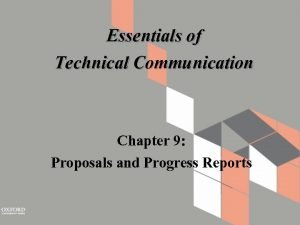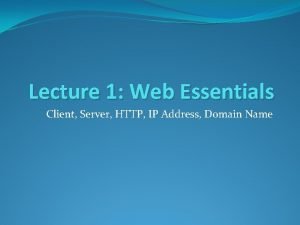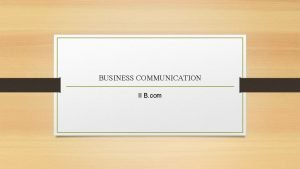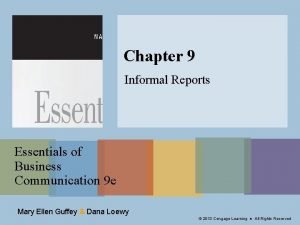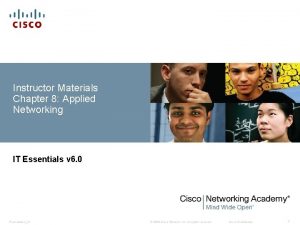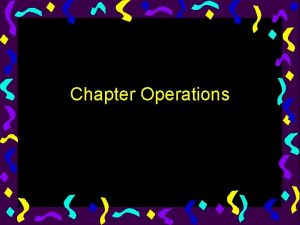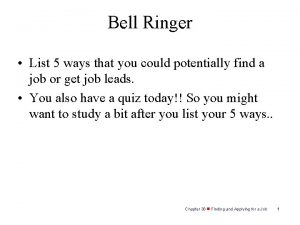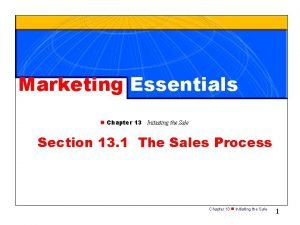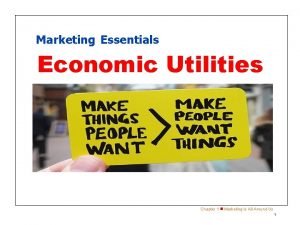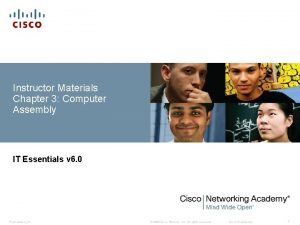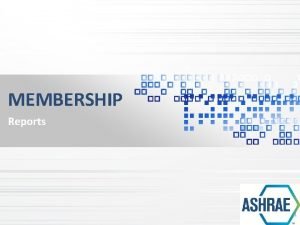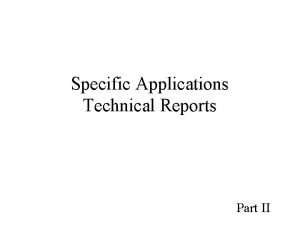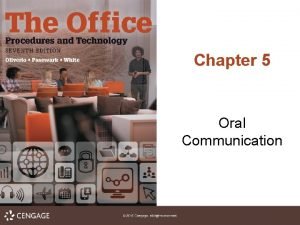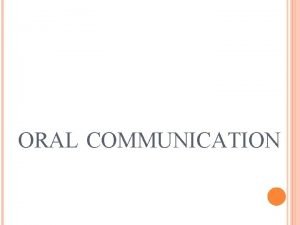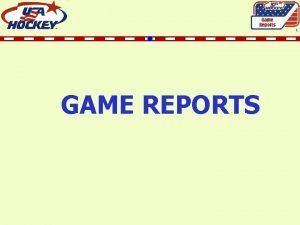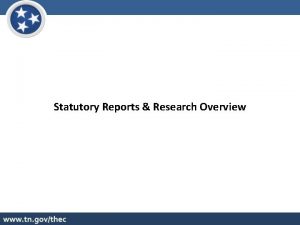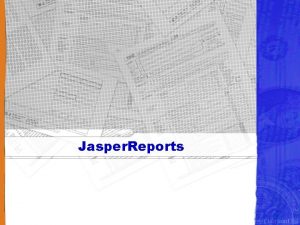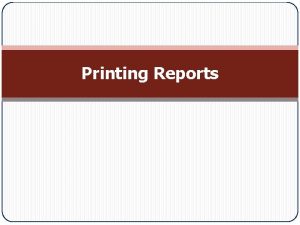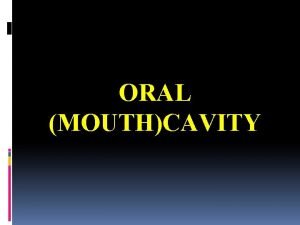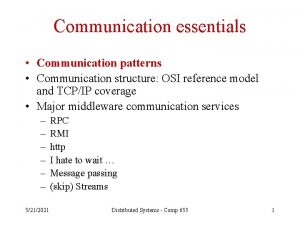Essentials of Technical Communication Chapter 11 Oral Reports




















- Slides: 20

Essentials of Technical Communication Chapter 11: Oral Reports

Key Considerations for Oral Reports • • • Audience Purpose Context Content Graphics Style

Key Considerations for Oral Reports Audience • Who is my audience? • What do I know about my audience–background, knowledge, position in the organization, attitudes toward me and my subject?

Key Considerations for Oral Reports Purpose • • What is my purpose in giving this oral presentation? Is there (should there be) a long range purpose? What situation led to this presentation? Given my audience's background attitudes, do I need to reshape my purpose to make my presentation more acceptable to my audience?

Key Considerations for Oral Reports Context • Where will I be speaking? • What events will be transpiring in the organization (theirs or mine) that may affect how my audience perceives what I say?

Key Considerations for Oral Reports Content • What ideas do I want to include and not include? • Based on the audience and the context, what difficulties do I need to anticipate in choosing content? • Can any ideas be misconstrued and prove harmful to me or my organization?

Key Considerations for Oral Reports Graphics • What kinds of visuals will I need to enhance the ideas I will present? • Where should I use these visuals in my presentation?

Key Considerations for Oral Reports Style • What kind of tone do I want to use in addressing my audience? • What kind of image—of myself and my organization—do I want to project? • What level of language do I need to use, based on my audience's background and knowledge of my subject? • What approach will my audience expect from me? • How formal should I be?

Tips for Effective Oral Reports • Choose an interesting title. • Develop your presentation with three main divisions: introduction, body, conclusion. • Use the introduction to interest and forecast. • Use explicit organizational cues in the body of your presentation. • Reinforce your key idea in the conclusion. • Choose a conversational delivery style. • Use techniques that assist audience comprehension.

Designing Slides for Your Oral Report • • • Avoid too much information on any single slide. Use boldface type in an easily readable font size. Avoid backgrounds that distract from slide content. Use only two different fonts. Avoid all caps. Use a type—size and font—that contrasts distinctly with the background. • Avoid visuals that are complex. • Make the meaning of a visual immediately evident. • Avoid making your audience have to study your slides.

Revise the following presentation from www. grants. gov/assets/Grant. Fraud. pdf









Elizabeth Tebeaux and Sam Dragga Essentials of Technical Communication Oxford University Press
 Example of progress report in technical writing
Example of progress report in technical writing Is a report formal or informal
Is a report formal or informal What is oral communication and written communication
What is oral communication and written communication Difference between oral and written communication
Difference between oral and written communication Dr_ouzhan
Dr_ouzhan Web essentials
Web essentials Graphic design essentials
Graphic design essentials Importance of report in business communication
Importance of report in business communication Informal reports in business communication
Informal reports in business communication It essential chapter 8
It essential chapter 8 5 essentials for a successful ffa chapter
5 essentials for a successful ffa chapter It essential chapter 9
It essential chapter 9 It essentials chapter 14
It essentials chapter 14 Chapter 12 quiz it essentials
Chapter 12 quiz it essentials It essential chapter 11
It essential chapter 11 Business essentials 12th edition
Business essentials 12th edition Marketing essentials chapter 38
Marketing essentials chapter 38 Merchandise approach method
Merchandise approach method Marketing essentials chapter 1
Marketing essentials chapter 1 It essential chapter 5
It essential chapter 5 It essentials chapter 3
It essentials chapter 3
